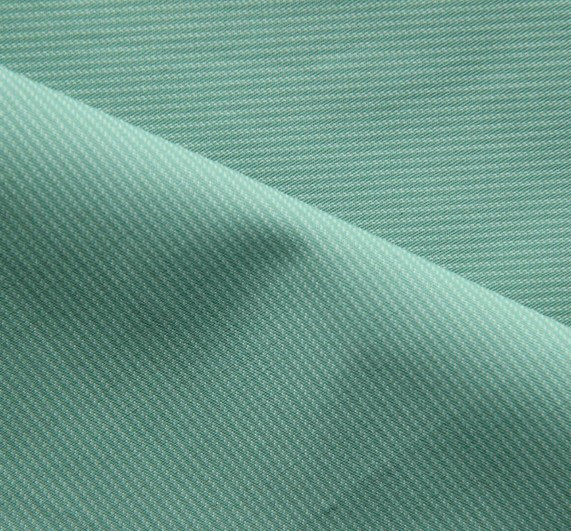Recycled fiber fabric is made of natural cellulose (cotton, hemp, bamboo, tree, shrub) as raw material.
It does not change its chemical structure, but only changes the physical structure of natural cellulose to produce regenerated cellulose fibers with better performance.
Its structural composition is similar to that of cotton. The difference is that recycled fiber fabric moisture absorption and ventilation performance is better than that of cotton fiber.
It can be said that it has the best moisture absorption and ventilation performance among chemical fibers, and is known as “breathable fabric”.
So let’s share what is recycled fiber fabric? What is the benefit of doing this?

What is recycled fiber fabric?
Recycled fiber fabric has a silk advantage that cotton fibers do not have.
Therefore, it is more comfortable to wear; the dyeing beauty is better than that of cotton fibers; the hand is soft, plump and smooth, with excellent drape and silky luster; thermal stability and light stability, no static electricity.
The staple fiber can be spun purely or blended with other textiles.
The fabric is soft, smooth, breathable, comfortable to wear, bright in color after dyeing, and has high color fastness.
Suitable for making underwear, outerwear and various decorative items.
How recycled fiber fabric is Made
Recycled fiber fabric products use natural plant fibers as raw materials, 100% pure natural materials, natural biodegradation, no additives, no heavy metals, no harmful chemicals, and no skin irritation.
It is an environmentally friendly “green” fiber with excellent performance.
There are active hydroxyl groups on the cellulose molecules, so that each link of the production of regenerated cellulose fibers can be grafted and copolymerized with many other molecules for combined modification, which provides a broad space for the development of various high-tech regenerated cellulose fibers.
Why use this fabric?
1 With the reduction of arable land and the depletion of petroleum resources, the production of natural fibers and synthetic fibers will be more and more restricted; While people pay attention to the environmental protection performance in the process of textile consumption, they have re-understood and excavated renewable energy.
The value of cellulose fibers. At present, the application of recycled fiber fabric is facing unprecedented development opportunities.
2 Regenerated cellulose fiber is actually a general term for lyocell fiber, modal fiber, bamboo charcoal fiber, copper spandex and other categories.
In the long run, these fibers are all regenerated cellulose fibers, and some are marked as regenerated cellulose fibers on clothing.
In the actual composition, the above two or more fibers are kneaded, so they are collectively referred to as regenerated cellulose fibers.
3 Recycled fiber fabric is simple and easy to use, and it is the reprocessing of plant cellulose into textiles.
If you are an ordinary consumer, you cannot distinguish the ingredients of fabrics.
Sometimes even professionals need to use instruments to understand the specific ingredients.
Therefore, everyone should not be blindly confused by the concept when buying clothes.



